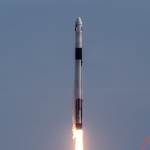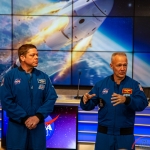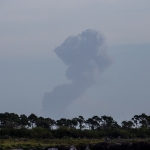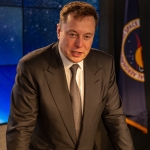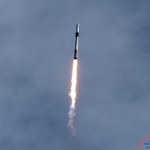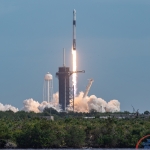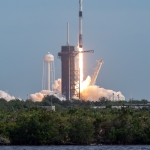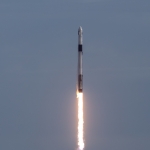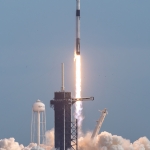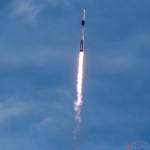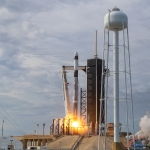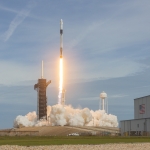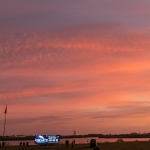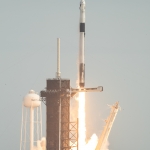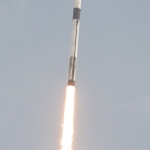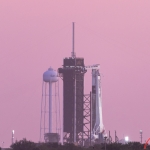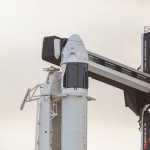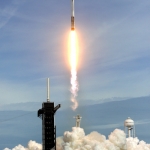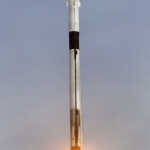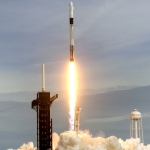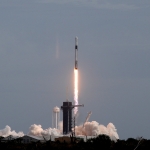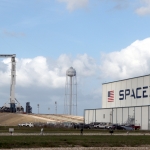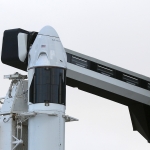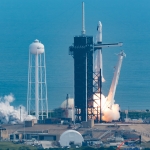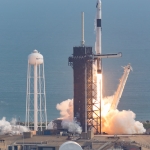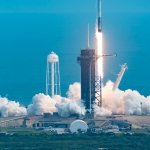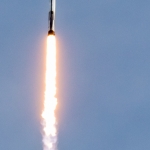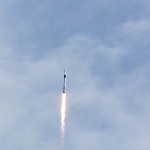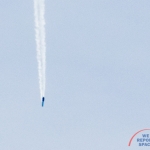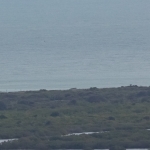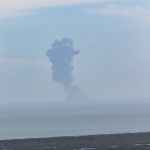Elon Musk Proposes Catching Crew Dragon in Net of Ms Tree
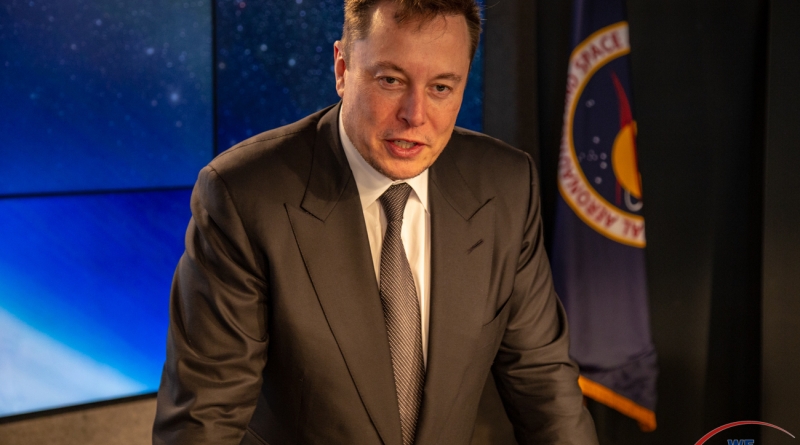
KENNEDY SPACE CENTER: At 10:30 AM on Sunday January 19, 2020, SpaceX moved one step closer to launching American astronauts on American rockets from American soil. A Falcon 9 rocket lifted the Crew Dragon from Launch Complex 39-A. Eighty-four seconds in to flight, the abort rockets on the Crew Dragon accelerated the capsule to Mach 2.2. Shortly after separation, the Falcon 9 rocket burst into a fireball. Several minutes later, the Crew Dragon, under four of the Mark-III parachutes, gently touched down in the Atlantic Ocean.
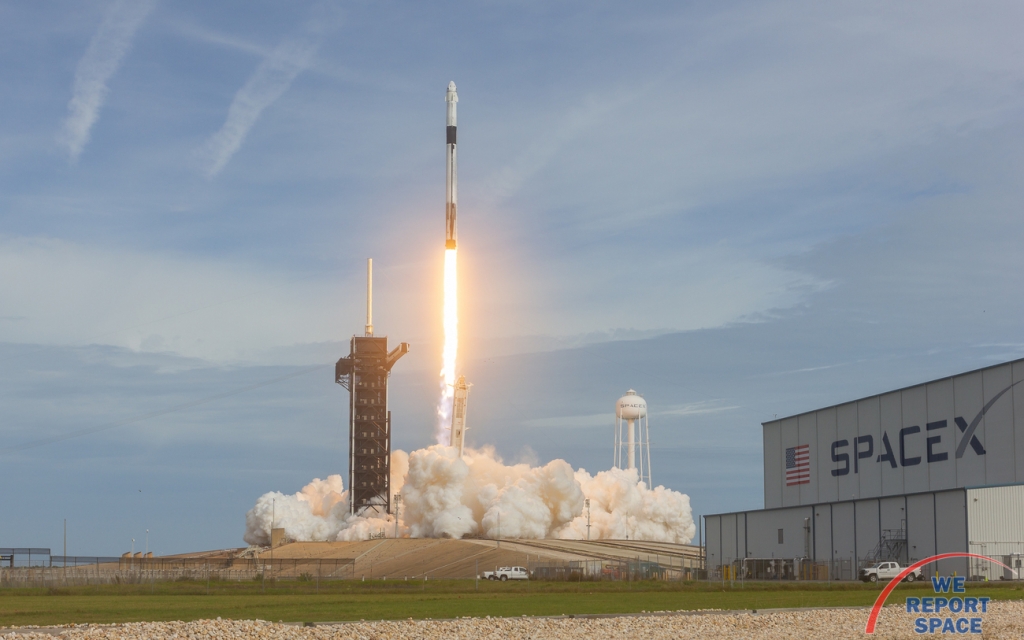
During the post-launch press conference, Elon Musk suggested that one day, future Crew Dragons could be caught in the net of the Ms. Tree or Ms. Chief vessels: "It would be quite cool to use the boats that we are using to catch the fairing, once that is really well established, to catch Dragon as it is coming in from orbit. That would eliminate some of the constraints around a water landing. There is some time before making that happen. Obviously we have to recover fairings reliably before we try to catch the Dragon. But that would be an improvement as opposed to landing in the water."
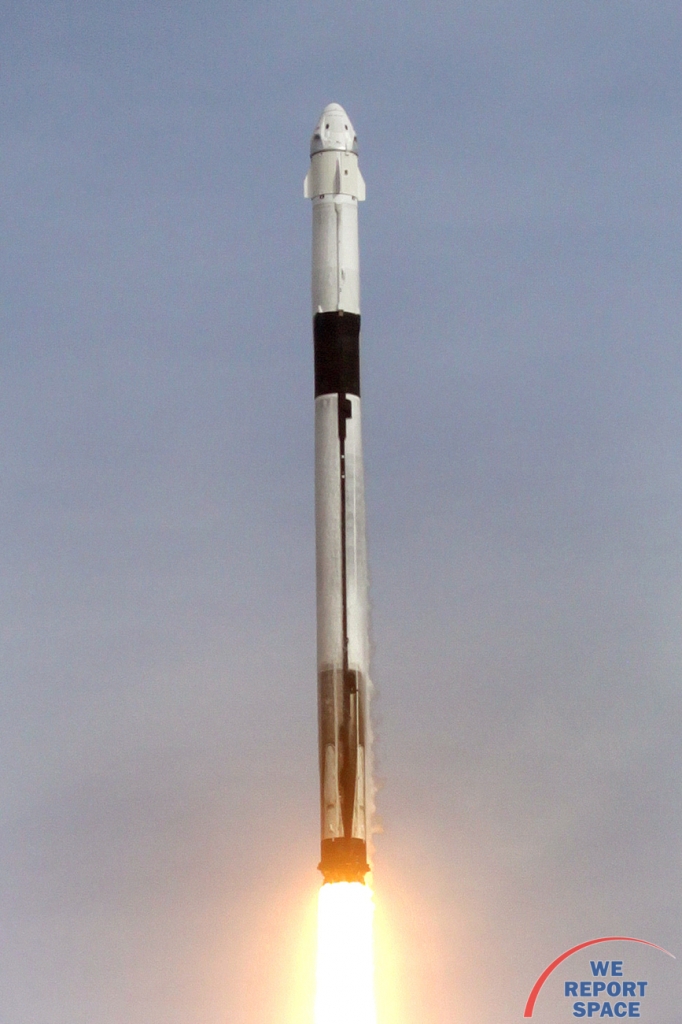
Flying Out of the Fireball Just Like in Star Wars
Describing the Dragon Abort system, Musk says, "The system is designed to survive a first-stage or second-stage explosion that would happen even before the escape event. They tend to be very robust in principle. The way to think about the rocket booster is that it is less of an explosion than it is fire. It is much more a fireball than it is an over-pressure event like an explosion. Since the spacecraft has a very powerful base heat shield and even leeward-side heat shield, it should not significantly be affected by a fireball. It could quite literally like something out of Star Wars, fly right out of the fireball. Obviously, we want to avoid doing that. But it is really meant to be something that could fly out of the fireball."
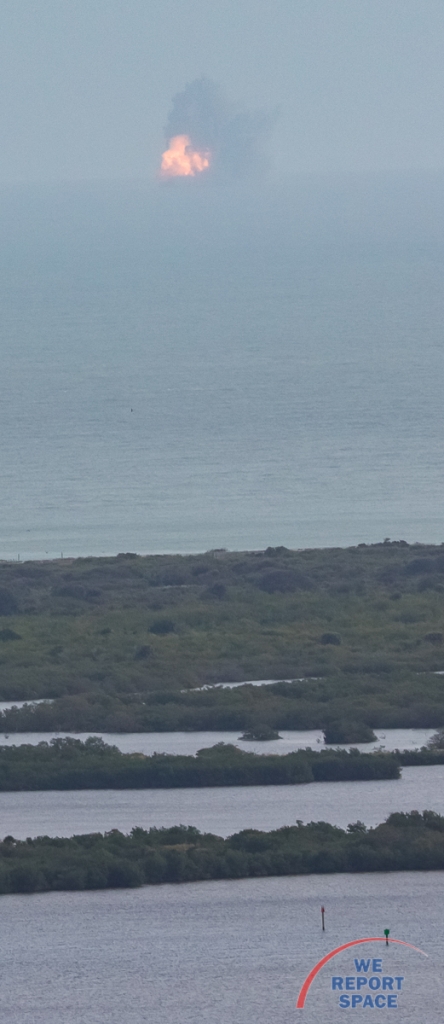
Musk also praised the integrated nature of the super-draco thrusters. Contrasting with the heavy launch-abort tower used during Apollo, the Dragon escape system is never jettisoned and is available nearly to orbit. The older launch-abort tower was heavy and would be jettisoned early in the flight.
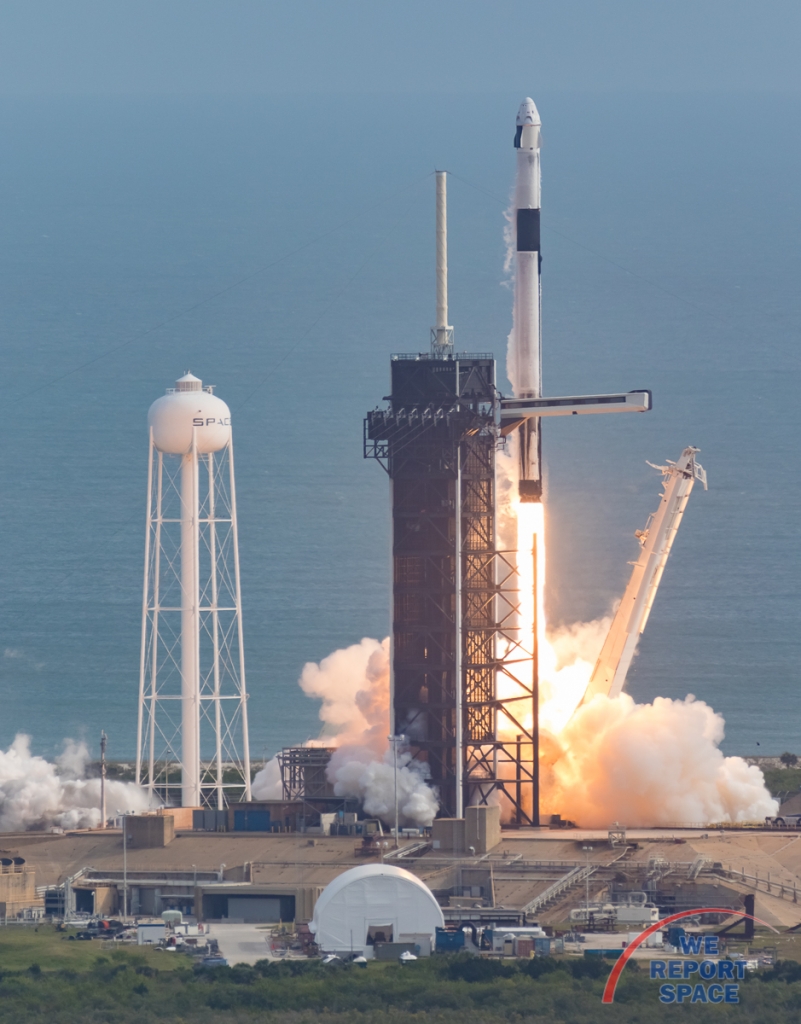
First Crewed Dragon Mission Probable in 2020 Q2
SpaceX and NASA suggested this schedule. Musk explains: "The hardware for a crewed launch will probably be ready by the end of February. There is still a lot of work once the hardware is ready to cross-check everything. Every stone will be turned over three or four times. There is also the schedule of getting to the Space Station because the Space Station has a lot of activity. The collective reasoning at this point is that the hardware will be ready in Q1 and it is probably that the first flight will happen in Q2."
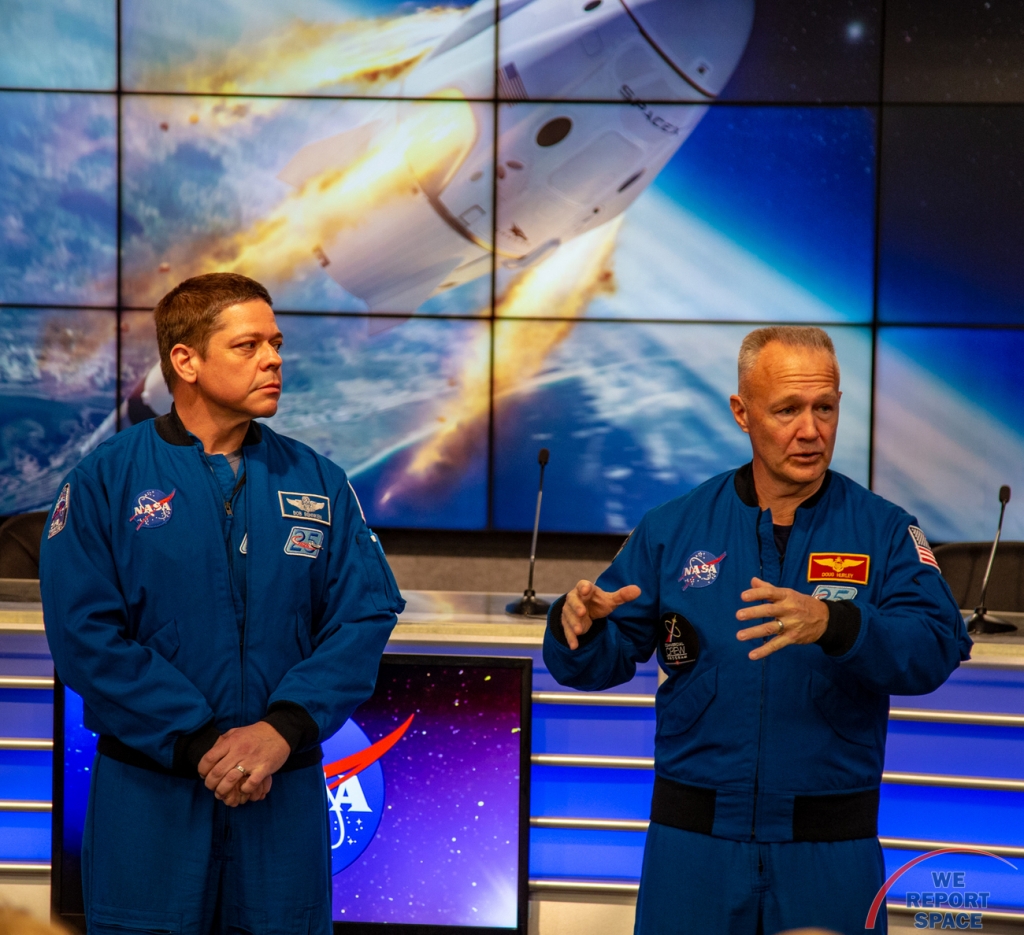
“This critical flight test puts us on the cusp of returning the capability to launch astronauts in American spacecraft on American rockets from American soil,” said NASA Administrator Jim Bridenstine. “We are thrilled with the progress NASA’s Commercial Crew Program is making and look forward to the next milestone for Crew Dragon.”
Photos
Falcon 9 / Crew Dragon In-Flight Abort Test (Scott Schilke)
Falcon 9 / Crew Dragon In-Flight Abort Test (Michael Seeley)
Dragon In-Flight Abort (Bill Jelen)

Stunning, full color photo book covering every east coast launch spanning 2014-2015, including the first-ever powered landing of a SpaceX Falcon 9 rocket.
More Info